On Australia Day in 1966, three children, Jane, Arnna and Grant Beaumont, disappeared after spending the morning playing at a suburban beach in Adelaide. Despite a protracted search involving hundreds of police, media reporters and volunteers, the children were never found.
I wrote this (below) originally for an ABC Radio National feature by Matthew Leonard on the 40th anniversary of the Beaumont case. It was later republished in Southerly and in the Age.
What I wanted to do in this piece was to look back at this awful tragedy , to honour and remember these children who – in their incredible absence – were so much a part of my childhood, and to explore the cultural legacy of this moment.
Rather than ask the usual question of ‘what happened to the Beaumonts?’ I found myself instead asking another question: ‘How best do we go about keeping children safe?’
On this Australia Day/Invasion Day, please spare a thought and send a blessing for all lost and stolen children and for their still-grieving parents, families and communities; and for all children who are lost even within their own families or within the care of the state.
*
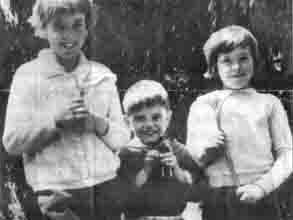
When I was five, my favourite game in all the world was ‘Kidnap’ – a game invented by my sister and her best friend who lived across the road.
‘Please, please can we play Kidnap?’
‘Well…o-kay, just this once.’
Kidnap was always pretty much the same: I’d be strolling nonchalantly through the garden, humming a little, smelling the flowers, when suddenly two Great Brutal Burly Men would leap out from behind the camellia bushes and grab me. They’d roughly clamp their hands over my mouth and drag me kicking and screaming (‘Sshh… not so loud!’) into the house and down the hall to Vicki’s pink and white bedroom. There they’d throw me against the wall and onto the bed, slap me around a little, or tie me up, in between discussing what they were going to do if my parents failed to come through with the ransom.
Sometimes I’d whimper and be pathetic; sometimes I’d struggle and try to escape, only to be grabbed viciously and tossed back onto the bed again.
I loved this game. I had no idea that there was anything… well… unwholesome about it, until one day our game was interrupted by Vicki’s mother coming unexpectedly into the room. My assailants leapt away from where one had been pinning me down by the arms and the other slapping me lightly on the face, and I was left lying flushed on the bed in a slight state of deshabille, looking up into Mrs Tatchett’s surprised face.
She stared for a moment (my dress up around my thighs, one shoe off), then looked over at Vicki, sitting quietly at her desk, casually flicking over the pages of a book, and at my sister, standing at the other end of the room, busy studying a picture of Jesus holding a lamb and surrounded by lots of little children.
‘What’s going on?’ she asked suspiciously.
Vicki looked up innocently from her book. I was about to blurt out, ‘We’re playing Kidnap!’ when I caught a look from my sister. Vicki said, ‘Oh, nothing. Just…you know, reading.’
We waited silently, while Mrs Tatchett packed clean socks and singlets into the chest of drawers. Finally she examined us again, one at a time, then said, ‘Well, just keep the noise down,’ and left.
We stopped playing Kidnap not terribly long after that.
Perhaps it was the extra spice of guilt on top of the already dizzying pleasures of the game that made it too much; or maybe the older girls grew out of it. Or maybe the Beaumont case occurred.
*
The Beaumonts are the lost children who never grow up: disappearing off the map one day, into a kind of Neverland. Still (presumably) within Australia but unable to be located by the usual means – by parents, police, journalists; not even the clairvoyants could find them. Permanently locked in a kind of Louisa M. Alcott Little Women world of notes left on kitchen tables; playing forever in the shadows at the back of old amusement park rides; trapped in a nation’s memory vault, and desire for an innocent past.
What is the cultural space occupied by these children (or by any children)? And how do such children ‘come back’?
In Peter Pan, of course, the children come back essentially the same. The only person really changed by the experience is the father.
*
‘Don’t talk to strangers.’
Sociologists have calculated (don’t ask me how) that fathers in the 1960s spent an average of eleven minutes a day with their children.
Someone else said they’d heard it was six minutes.
‘So are we talking about six minutes with each child,’ I asked (youngest in a large family), ‘or six minutes altogether? And would this include the time spent at the dinner table and in front of the television, or did it mean six minutes actually talking or playing with their children?’
In my family I think it meant six minutes with each child, but it included meal times and television time. Which means that, for most of my childhood, for about thirty-six minutes per day, on average, my father was in the same room.
I guess if I had two minutes a day where he talked directly to me – ‘your old man’s not a glazier’ (which meant: get out of the way of the television) and ‘go help your mother with the dishes’, for instance – I’d be doing extremely well.
There was nothing strange about this: we were just your normal everyday family.
So what does separate the strange from the familiar? And who decides which is which?
*
In those days we were always warned about strangers offering us lollies.
This seemed terribly stupid of those children to be snared by something as transparent as sweets. (Hadn’t they read the story of Hansel and Gretel?)
No-body warned us that the lure might be something more subtle. That perhaps the stranger seduced because he offered something even more rare and precious to a child than lollies.
(You catch more flies with honey.)
Perhaps the ‘lolly’ part was always just a metaphor. But who was it protecting?
*
The figure of Peter Pan and the Neverland troubles the sleep of both children and their parents, but it troubles it in different ways.
The Beaumonts represent a nightmare for parents, but what do they represent for children?
In particular, for those children for whom the opposite of innocence is not guilt, but knowledge. Those ‘wise’ before their time, living with physical or emotional violence as an everyday occurrence, and for whom the line between kidnap and rescue (or vice versa: rescue and kidnap – when Home is spelt with a capital ‘H’) is a fine one.
Who’s watching these children?
Who’s making sure they too don’t drift off the map and become lost?
*
From a newspaper report, January, 1966:
The woman said she was sitting on a seat on the sea side of the sailing club when she saw two girls and a boy come up from the sea after a swim.
They went to a sprinkler on the lawns on the northern side of the sailing club, laid out their towels near two trees, and began playing under the sprinkler.
The woman said she did not notice anyone else at the spot at this time. What attracted her attention later was a tall, blond-haired man who had started talking to the children.
The woman had to turn on her seat to see the man, lying on a towel on the lawn about ten feet from her and wearing brief navy blue bathers.
JUMPING
The three children had gone over to him and he was laughing and encouraging them as they played, the boy jumping over him, the younger girl jumping too, and the older girl flicking him with a towel.
It was about half an hour later when the woman got up to walk home and cook dinner, leaving the children and the man they appeared to have made friends with still playing on the lawn.
*
Under a heading ‘How they were dressed’ there is a description of the three children. Jane Nartare Beaumont is described as ‘aged 9, 4 ft 6 inches tall, thin build, sun-bleached hair pushed back with fringe in front, probably wearing tortoise shell hairband with yellow ribbon, hazel eyes and thin freckled face. Two front teeth prominent. She was wearing green shorts over pink bathers, canvas tartan sandshoes with white soles… Well spoken but stutters when excited.’
Mrs Beaumont said: ‘They never would have gone with a stranger.’ And in a newspaper article titled ‘Hopes, Fears of Mrs Beaumont’ it was said that ‘she cannot understand why Jane, a shy girl, much more so than Arnna and Grant, would allow a man to put her shorts on, even over her bathers – as people who have told police that they saw a man and three children at Glenelg say she did.’
*
Mothers think they know their daughters, but maybe sometimes it’s their fantasy of who their daughters are.
(Mrs Tatchett unable to take in what was before her eyes in the pink and white bedroom back when I was five…)
*
I am caught, again and again, by the image of the children playing on the grass with the man, and the woman in the park watching them.
The way the man might have looked at Jane.
Mr and Mrs Beaumont gazing painfully at my parents watching them on television.
The way our parents followed us with their eyes…
And the children, staring out from the photographs in newspapers.
How did Australians look at children in the sixties? Is it different from the way they look at them now? Or was there a difference before and after January 26th 1966?
And what of the historian’s gaze? And my gaze – where does it intersect?
As a seven year old living in a country town in Victoria what is the worth of my testimony? In what sense was I ‘there’?
Or to put it another way: what was my desire (then) for the Beaumonts, and what is my desire (now) — for Jane, and for that moment of apparent (but obviously untrustworthy) happiness on the lawn?
*
What I want for the little girl that was Jane was for her to be able to trust those who made her feel good, and what made her feel good.
For her to be able to say ‘no’ effectively to what felt wrong, because she was also sometimes allowed to say ‘yes’ to what felt good; and thus to learn to tell the difference.
*
The day before the Beaumont children went missing, on the 25th of January 1966, Robert Menzies – Australia’s longest-serving Prime Minister – resigned. The new Prime Minister, Harold Holt (himself to disappear without trace a few years later at Portsea surfbeach) emphasised, in his Australia Day speech, ours as a country of hope and security.
*
It could be said that, as a ‘new’ country, White Australia lacks a cultural memory of generations of dynastic feuds and wars: the violence, murder, incest and rivalries that give meaning to the term ‘blood ties’. So for ‘us’ the family has always been more easily imaged as pure and safe, with fear projected onto the stranger – the perpetual Other (the Asian or other immigrant, for instance; or onto indigenous Australians).
In this sense, the Beaumont case ‘captured the imagination’ because it tapped into already deep-seated fears and hostilities and insecurities.
Even the brainwash theory, that the children are still alive but have been brainwashed to think they’re someone else (and belong to someone else), has a Cold War paranoia and Iron Curtain feel to it. (Brainwashing, of course, being something ‘they’ do.)
But the Beaumonts are not the only ones who explored a little way off the cultural map and disappeared into thin air: Harold Holt, Ludwig Leichhardt, Azaria Chamberlain, the girls from Miss Appleby’s school… All inhabiting now this Other space in Australian memory and myth: the Mad Max territory where the rules are alien or not clear, and the horror subtle, understated, laconic: peculiarly Australian. Left to the imagination.
An open-ended horror in a country where it’s impossible to fence anything in completely, or to know the exact boundaries of things. A landscape good at keeping secrets. And where feeling at home is sometimes difficult.
*
One of the ideas of gestalt therapy is that memories – insofar as they are cathected with so many emotions and have travelled back and forth in time collecting meaning – are also fantasies or imaginings of what happened.
This is not to say that memories (and fantasies) don’t bear a relationship to ‘reality’, simply that this relationship is always mediated, and always complex. And that to recognise memory as a projection, as well as a looking back, is often useful in working out strategies for healing.
And if it is useful to look at memory as a kind of fantasy, then perhaps it is useful sometimes to look at history this way too: as a collective fantasy.
Sometimes it is also useful to switch the questions. Instead of the (probably now unanswerable): ‘What happened to the Beaumonts?’ we could ask a broader question: ‘How do we best go about keeping children safe?’
And, again, inside this some smaller ones:
– What is the cultural place occupied by children?
– What is the cultural space occupied by these particular children?
(Two girls and a boy falling out of the safety of the Menzies world…)
*
Instead we keep turning over and over again the same questions: what happened to the Beaumonts?
Could they in fact be buried in that one part of the warehouse that wasn’t excavated back in 1966 when it was pinpointed by Croisset, the Dutch Clairvoyant who flew out to help?
Several years ago an Adelaide businessman donated the money to dig up the whole of the warehouse, to make sure.
Even though a notorious Melbourne newspaper at the time, called The Truth, claimed that Croisset’s first choice was under a block of recently built flats. Croisset was reluctant to announce this, the newspaper said, as it would be too costly to tear down the buildings and the thought that the children could be buried underneath might permanently disturb the future occupants.
*
In sifting through history, it’s easy to become fixated on a particular set of events or facts and to keep digging in and around these for truth. After all, it’s impossible to dig everywhere.
Indeed, as with Croisset, there are all sorts of forces — accidental and structural — influencing where a culture digs, and where it doesn’t.
The ease or otherwise, for instance, of access to a particular spot or type of material; whether it’s publicly or privately owned; how comfortable or acceptable it is to return to it again; and how-well marked by other feet, or hands: how likely it is to be picked up and noted…
But sometimes, the more we dig, the more we obscure something else – perhaps just as important.
Sometimes what’s needed is to step back and take a look at what’s around the trail, what’s marking it; and to look at ourselves: examine the search rather than just keep on repeating its moves. To look at why we ask the questions we do. Why they matter so much to us.
*
Another question: how does a child’s desire for family and safety differ from what an adult desires?
*
If we think of the enormous amounts of money poured into searches such as the nation-wide search for the Beaumont children (or the police search for missing toddler, Jayden Leskie, to use a more contemporary example), how deeply at odds this is with the always-uncertain levels of funding and frequent cutbacks to preventive agencies — family counselling, child protection services, refuges, education, affordable childcare, and social welfare.
Another ‘irony’ is that we designate adults as the principal and most effective protectors of children, even though we know that they are also the principle abusers of children. Especially when they are given a large amount of authority over the child (as, for instance, when they are part of the child’s family).
*
What I find striking about the descriptions of the community in which the Beaumont children lived and played, is that the children seemed on the whole to have been their own best protectors. They formed their own social units and a range of alliances and relationships, overseen by a variety of adults, that extended way beyond their own families; they looked after and out for each other and were encouraged to be resourceful and independent.
When two women who as children lived in the same suburb as the Beaumonts back in 1966 were interviewed for an ABC radio program by Matthew Leonard, one of them, Christine, said: ‘We had such a free and easy childhood. It was a young new area on the edge of suburbia, and there were a lot of young families, big groups of children. We’d go off in groups down the beach and ride our bikes to school and play in the sandhills… We’d play on the road, go visit our friends and neighbours, we all just, you know, knew each other.’
This was before January 26th 1966: ‘After that we became very registered. Who we were with, where we were, what time we were going to be home: everything was very strict. We still felt safe, but we were controlled.’
Her sister Libby said much the same: ‘I remember it to be a very happy area with lots of kids running around the streets. All the neighbours knew one another… I used to go in a group with my brothers and sisters to the beach. Always had the older children looking after the younger children. You always went in groups.’
And afterwards: ‘Even as a nine year old, it’s made me aware how I had to be careful and I couldn’t trust like I used to trust, and all my brothers and sisters, how we had to hang in there and take care of each other. It’s actually a scary thing to happen when you’re a child and to go to the beach and think well you can’t just run up and play with someone else’s family and be friendly with someone who wants to build a sand castle or something. You just can’t do that anymore. And I feel that’s really really sad.’
*
What this suggests is that the wider tragedy of the Beaumont case may be the extent to which Australians have lost faith in the relatively open and free atmosphere in which these children lived.
For it could be argued that the further people retreat away from community and into isolated nuclear families and behind picket fences and locked doors – the more they abandon the ideal of the closely knit neighbourhood for that of the (sometimes/occasionally) closely knit family – the less safe, on average, children become.
In our desire to keep children ‘innocent’, we disrupt their freedoms, warn them never to trust strangers, and incite adults to watch them more carefully…
But the question always remains: who’s watching the watchers?
* * * * * * *
This piece was originally commissioned by Matthew Leonard
as a companion piece to his radio feature
“101 Degrees”, first broadcast on ABC Radio National’s
Radio Eye, 27/1/1997.
This text version was also published in Southerly special issue:
“Close Up”, 2001, edited by Kate Lilley, and was reprinted as
‘40 Years Lost: The Missing Lives of the Beaumont Children’ in
The Age, A2, Saturday 21st January 2006.
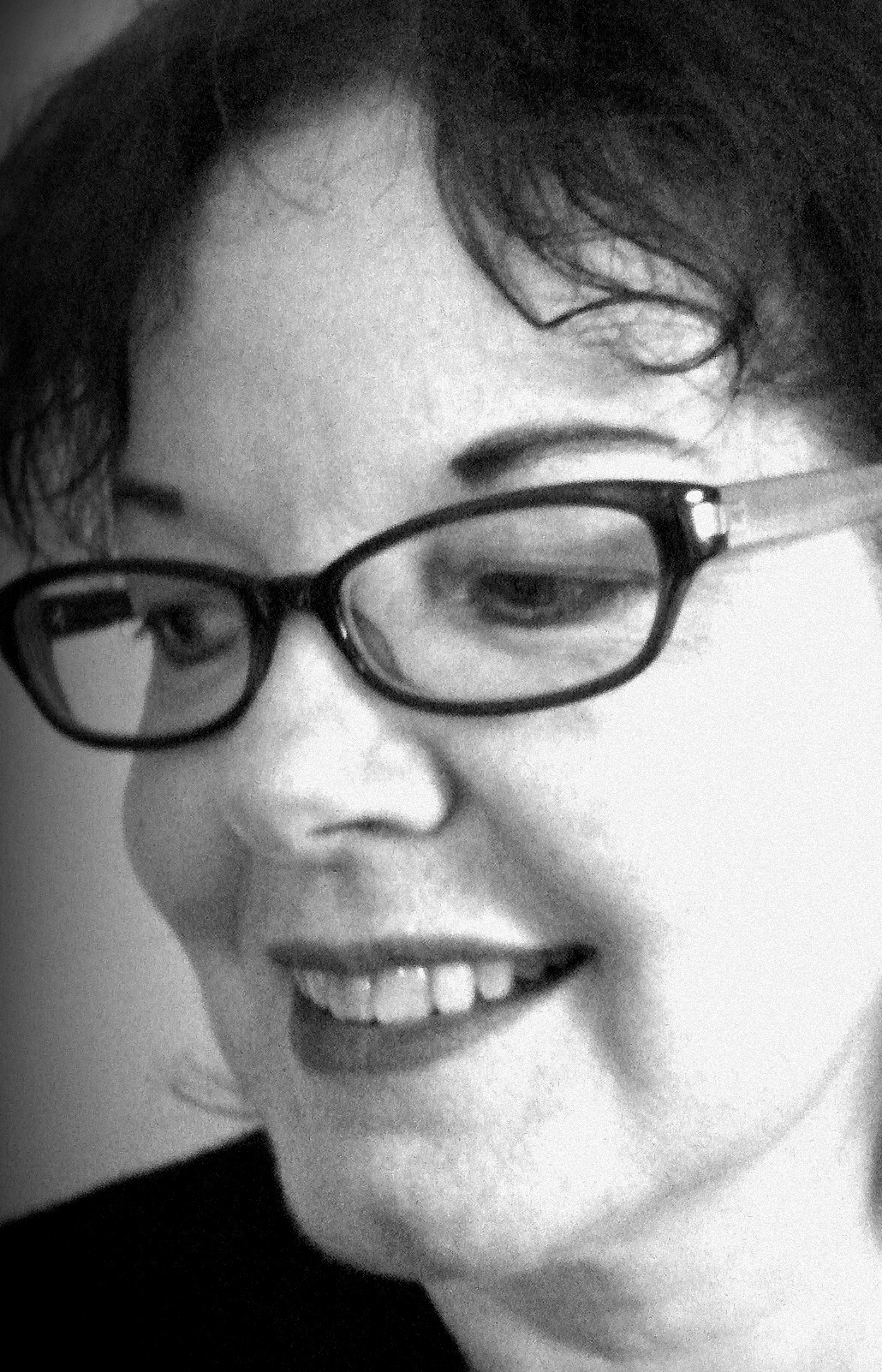 This is the web-home of
This is the web-home of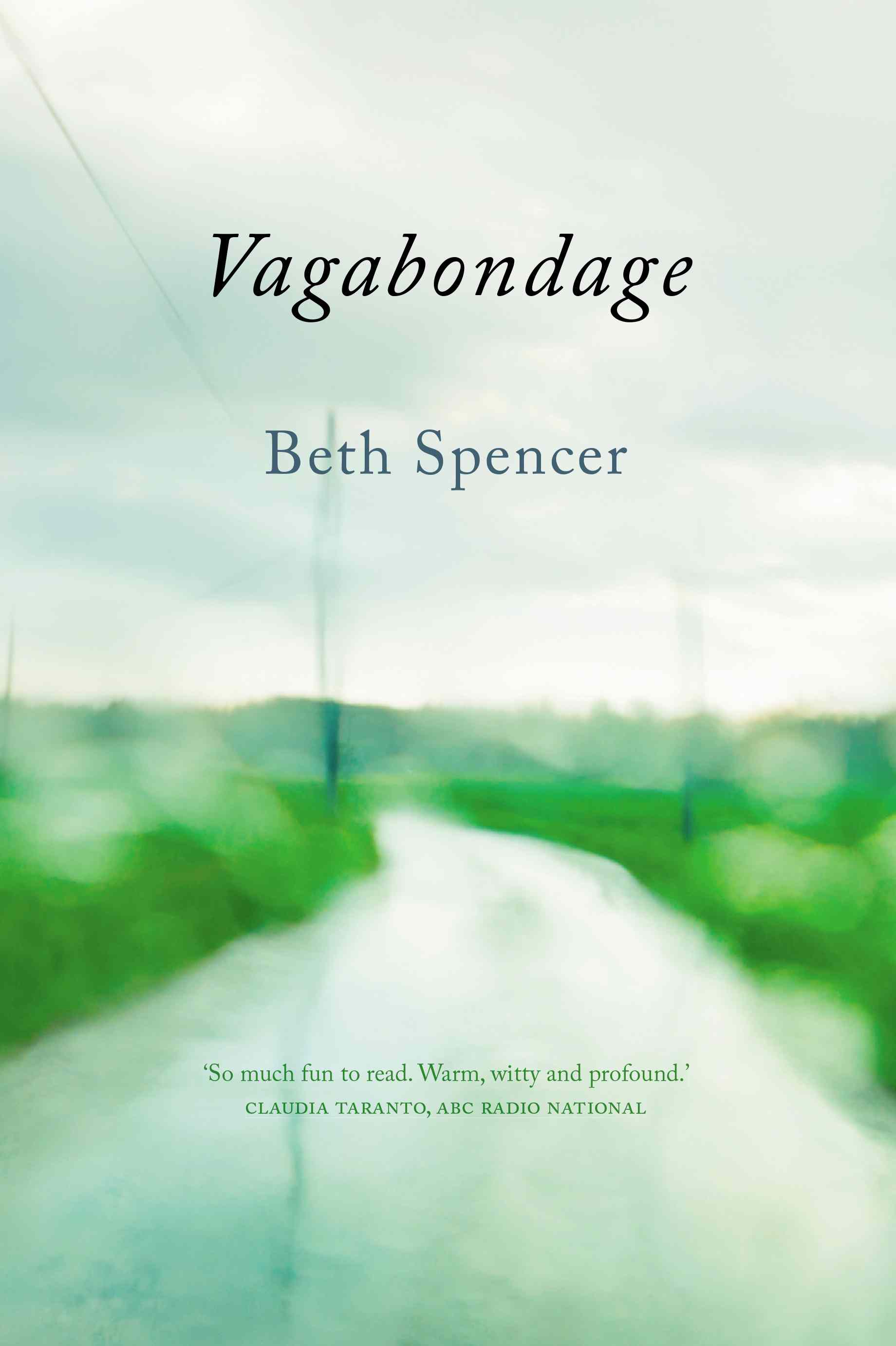







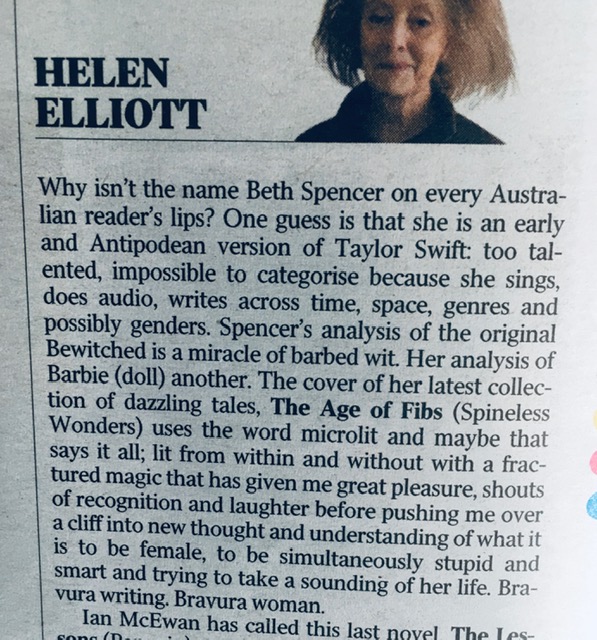
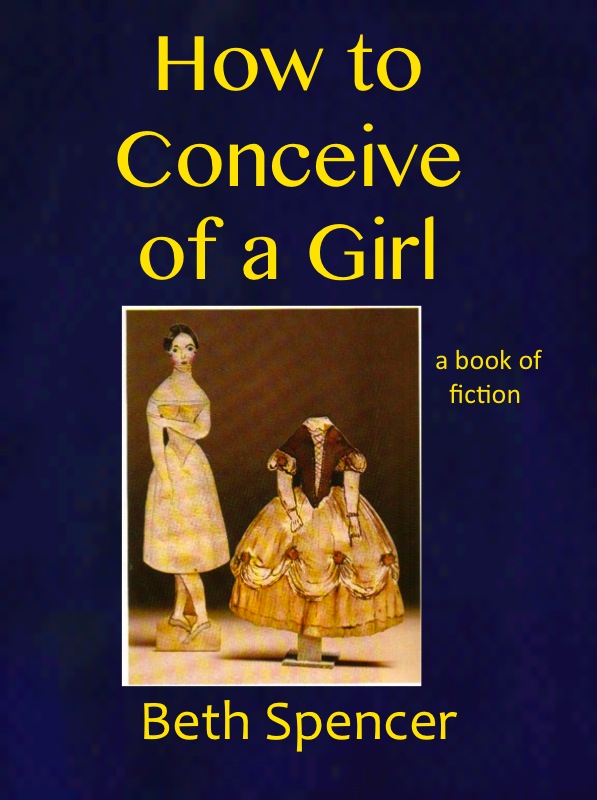

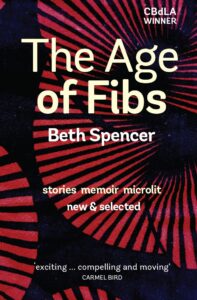
![[The Party of Life, cover]](http://bethspencer.com/blog/wp-content/uploads/2012/11/sm-edged-front-cover-Party-of-life-227x300.jpg)